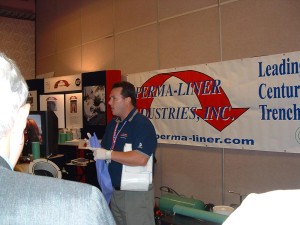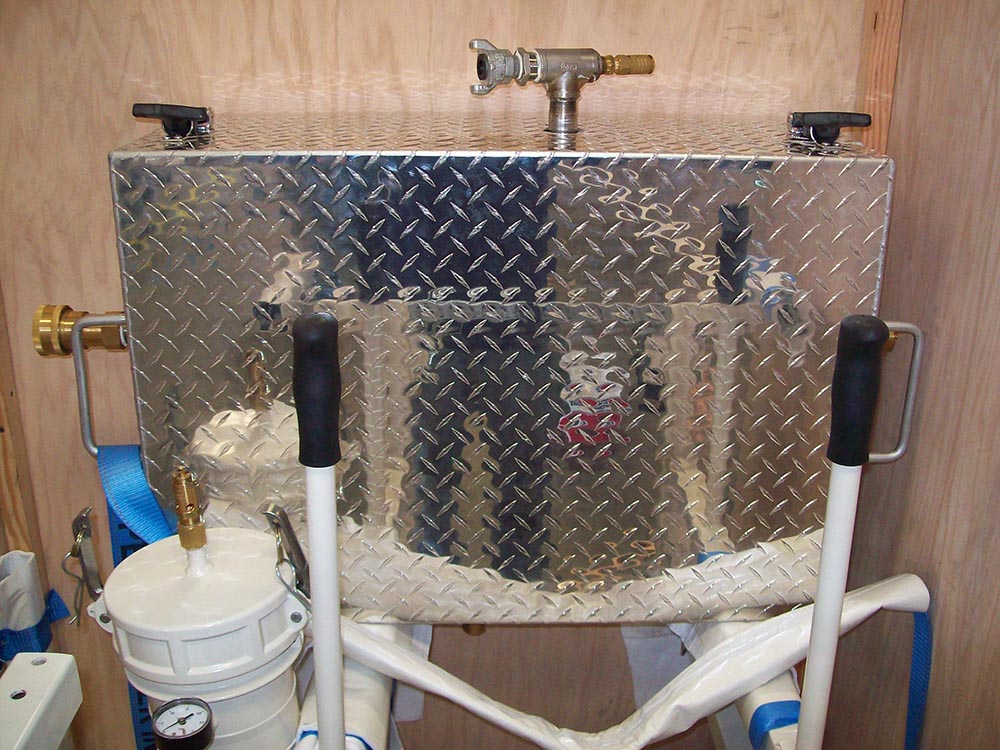Edmonton gets approximately 14 inches of rain each year. When a major storm hits, the large volume of water can overwhelm drainage systems and cause flooding. In Edmonton, the municipal storm water drainage system design standard is one in five years. This means the system can handle any typical rainstorm but could have its capacity exceeded in that timespan. This is based on historical weather patterns. Since 1988, City of Edmonton bylaws have required that each new home have a backwater valve to protect against sewer backup. Also, downspout extensions or splash pads, window wells (where required), and a corrugated drain pipe connected to a sump pit are recommended. Often, homes that flood are missing one or more of these components or the components are found to be in poor working condition. The location of a home can also make a difference. For example, homes built in low lying areas or next to lakes have a greater flood risk, as surface and groundwater will naturally drain to these areas. Other flood risk factors include lot elevation.
Did you know that flushing your toilets adds water to a system that may increase flood risk during a storm? The water may have nowhere to go but up your floor drain and into your basement. This is particularly true if you have a backwater valve. The valve is designed to close during extreme conditions and keep outside water from getting in. When this happens, water from the inside also can’t get out. If you have a sump pump, double check to see that it is plugged in and the breaker is on during a storm. More than one homeowner has searched for the cause of a flooded basement only to discover the sump pump lacked the power to perform.


